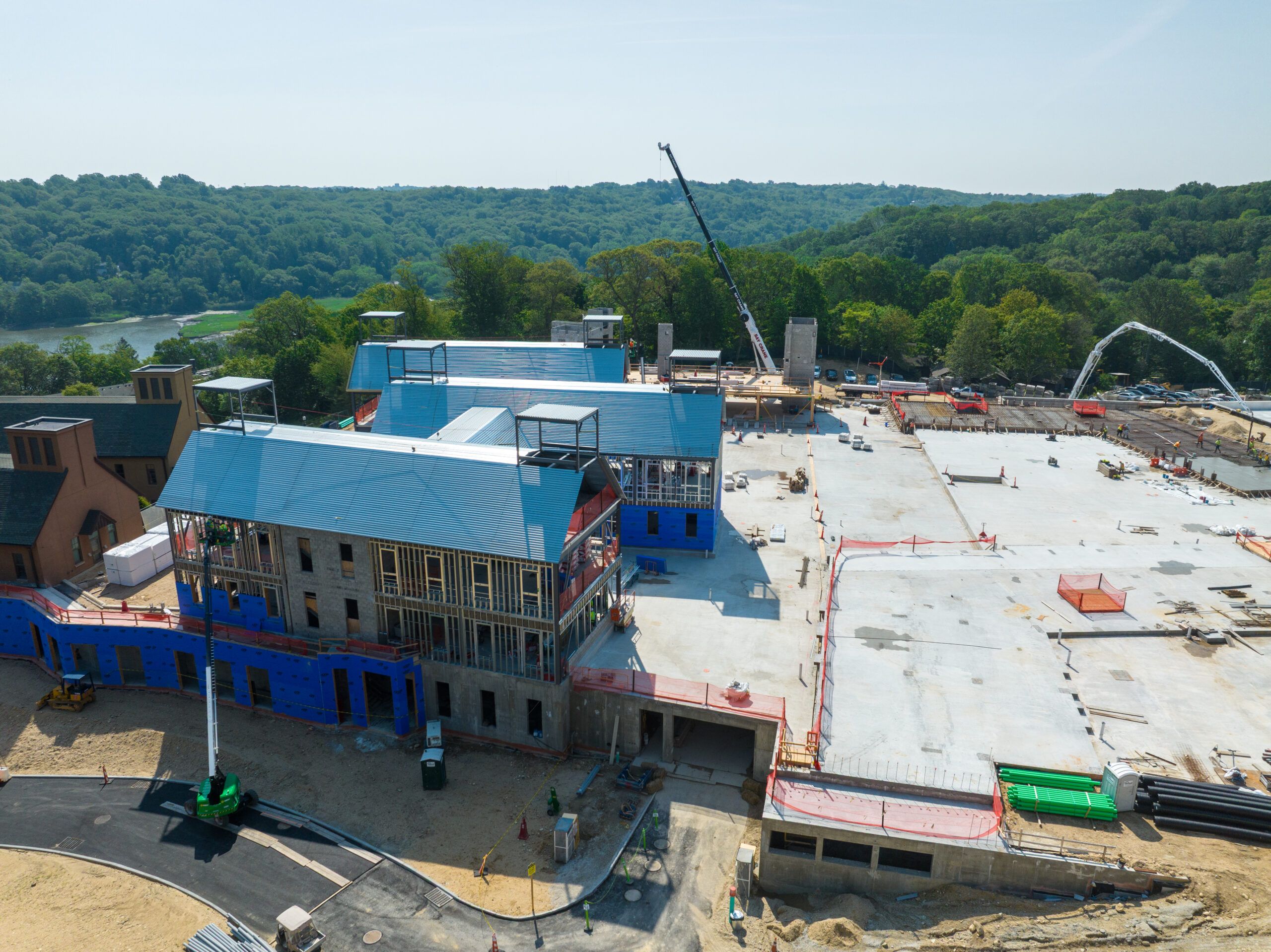In commercial buildings, the entryway is more than just a space to walk through. It is the first point of contact for visitors, customers, and staff. A well-designed entrance sets the tone for the whole building. It can show professionalism, create comfort, and make a strong first impression.
But in many projects, space is limited. Lobbies, hallways, and waiting areas often have to do many jobs at once. They need to provide seating, storage, and style — all without feeling cramped.
This is where smart design and space-saving ideas can make a big difference.
Why Entryway Design Matters in Commercial Spaces
For businesses, the entryway is like a handshake. It is the first interaction people have with the brand. A cluttered, unplanned space can feel unprofessional. A clean and organised one sends the opposite message — that the company cares about quality and detail.
In hotels, the lobby can set the mood for a guest’s entire stay. In retail, the first few seconds inside the store can affect buying behaviour. In offices, the reception area can make clients feel welcome or unwelcome.
The Common Challenges
- Limited Space
Many commercial entryways are narrow or small. Designers must work with every inch carefully. - High Foot Traffic
Furniture and finishes must handle constant use. This means strong materials and low-maintenance surfaces. - Multiple Functions
The same area may need to seat visitors, display information, and store items. - Compliance and Safety
Commercial buildings must follow safety codes, which limit what can be placed in hallways and lobbies.
Multi-Functional Furniture as a Solution
One of the smartest ways to deal with these challenges is to use multi-functional furniture. This is furniture that can serve more than one purpose.
For example:
- A bench that also provides hidden storage
- A reception desk with built-in shelving
- A coffee table that doubles as a brochure stand
These solutions save space, reduce clutter, and improve organisation.
Smart Storage for Commercial Entryways
Storage is one of the biggest challenges in high-traffic spaces. Visitors may have bags, coats, or umbrellas. Staff may need to keep cleaning tools or spare items close at hand. Without good storage, these items can make the area look messy.
A practical example is a hallway storage bench. It gives guests a place to sit while also keeping items out of sight. This type of furniture works in hotels, offices, schools, and even medical clinics.
By using hidden storage, the space looks cleaner and more professional. It also improves safety by keeping walkways free from trip hazards.
Matching Design to Brand
In commercial construction and renovation, design choices should match the company’s branding. This applies to entryway furniture as well.
- A luxury hotel might choose a bench made from polished wood with soft fabric cushions.
- A modern tech office may go for a sleek metal design with clean lines.
- A retail store might prefer something colourful and eye-catching to draw customers inside.
The right materials and colours can make the furniture part of the overall brand story.
Durability and Maintenance
Commercial furniture faces much heavier use than home furniture. This means it must be made from durable materials that can handle daily wear and tear.
Some good choices include:
- Solid hardwoods for a classic look and strength
- Powder-coated metal for modern style and rust resistance
- High-quality laminates for easy cleaning
Low-maintenance finishes are also important. In busy spaces, staff do not have time for special cleaning processes. Surfaces should be easy to wipe down and resistant to stains.
Incorporating Green Building Practices
Sustainability is now a big part of the construction and renovation industry. Choosing eco-friendly furniture can help a business meet green building goals.
Options include:
- Benches made from recycled materials
- Wood from certified sustainable forests
- Low-VOC finishes that improve indoor air quality
Eco-conscious design can also be a selling point for the brand. Customers are more likely to trust companies that care about the environment.
Planning the Layout
Even the best furniture will not work well if it is placed incorrectly. Good layout planning is key to a functional entryway.
Some tips for layout planning:
- Keep walkways clear to meet safety rules
- Position seating so it does not block doors or displays
- Use walls for storage to free up floor space
- Place decorative items at eye level for maximum effect
Lighting and Accessories
Lighting is often overlooked in entryway design. A well-lit space feels more open and inviting. LED lighting is a good choice for commercial spaces because it is energy-efficient and long-lasting. Accessories such as planters, artwork, or branded signs can make the space more welcoming. These should be chosen to match the overall design and brand identity.
The Bigger Picture
In commercial projects, every element of design plays a role in creating a good user experience. The entryway is no exception. It is a space where function, safety, and style must come together.
By using space-saving solutions like multi-functional furniture, businesses can make the most of limited areas. This improves both the look and usability of the space.
Final Thoughts
Commercial entryways are more than just a path from outside to inside. They are a brand’s welcome message to anyone who walks through the door. Smart design can make even a small space feel organised, stylish, and inviting.
Multi-functional furniture, such as benches with hidden storage, helps achieve this balance. It allows designers to meet both practical needs and aesthetic goals.
Whether you are renovating a hotel lobby, fitting out an office, or designing a retail entrance, think about how each piece of furniture can serve more than one purpose. This approach not only saves space but also delivers a better experience for everyone who visits.











